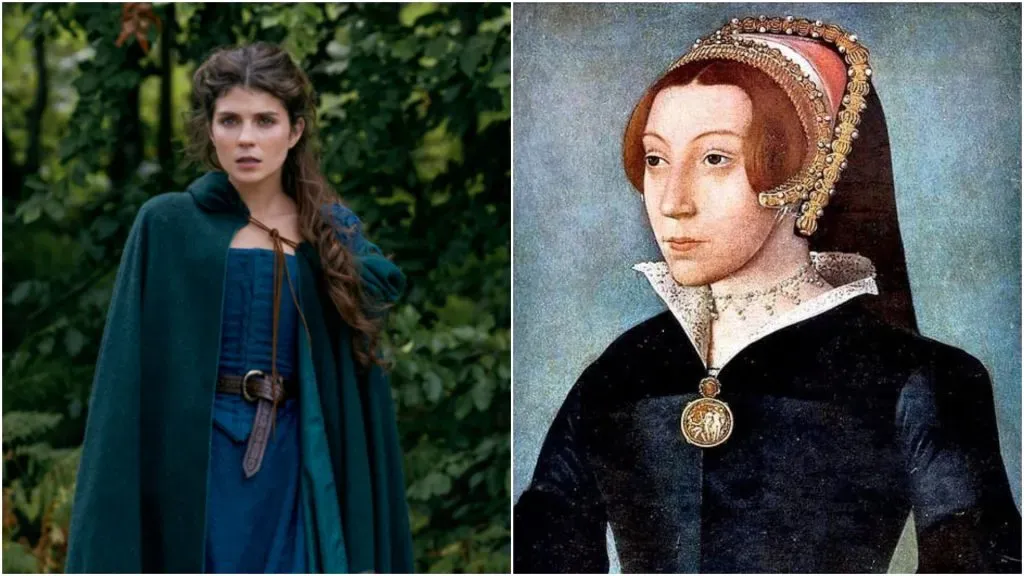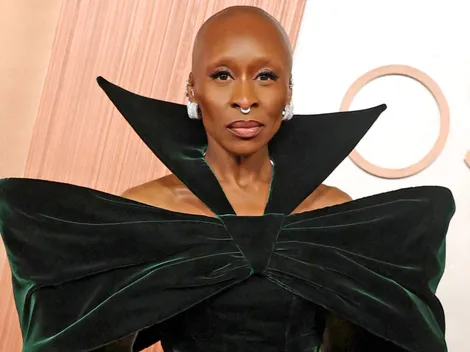Period dramas have delivered thrilling television over the years, especially with the new entries in the genre, which reimagined other times to create more appealing stories for today’s audiences. After the success of ‘Bridgerton,’ ‘The Gilded Age’ or ‘The Great,’ Prime Video is releasing a new show for fans of the genre: ‘My Lady Jane.’
The series, which premieres on June 27, is based on the bestselling book by Brodi Ashton, Cynthia Hand and Jodi Meadows. Starring Emily Bader, the series follows an alternate version of the story of Lady Jane Grey, who became queen of England for nine days before being executed for high treason.
Apart from Bader, the Prime Video‘s series also stars Edward Bluemel, Jordan Peters, Dominic Cooper, Anna Chancellor, Rob Brydon, and Jim Broadbent. While the series will give history its own feminist spin, here you can learn the real tragic story of Lady Jane.
What happened to the real Lady Jane Grey?
Known historically as the ‘Nine Days’ Queen, Lady Jane Grey was an English noblewoman who briefly claimed the throne of England and Ireland from July 10 to July 19, 1553. Her short-lived reign is one of the most tragic tales in royal history, culminating in her execution at just 17 years old.
She was known for being one of the most learned young women, and she was married to Lord Guildford Dudley, a younger son of Edward VI’s chief minister John Dudley, Duke of Northumberland.

L-R: Emily Bader as Lady Jane, painting of Lady Jane (IMDb/Gary Stock)
As the great-niece of Henry VIII and the great-granddaughter of Henry VII, Jane was in the line of succession. Under the will of Henry VIII, she was behind her cousins, Mary I and Elizabeth I. However, in June 1553, her first cousing, the dying Edward VI, wrote his will, nominating her and her male heirs as first successors of the Crown. Part of the reason was that she was a Protestant, while Mary was Catholic.
Thus, Jane was proclaimed queen on July 10, 1553, following the death of Edward VI. However, Jane’s reign was quickly challenged by Mary I, the daughter of Henry VIII and Catherine of Aragon. Mary I swiftly overthrew Jane, leading to Jane’s imprisonment in the Tower of London and her subsequent execution on Tower Green on February 12, 1554.
At her execution, Jane’s final moments were marked by panic as she groped for the block after being blindfolded, and her last words were a poignant prayer: “Lord, into thy hands I commend my spirit.”
A different ending in ‘My Lady Jane’: What Hand said about the book
In contrast to the grim reality, the series aims to reimagine and reframe Jane’s life in a more empowering and less tragic light. Hand, one of the authors, explained in an interview with Publishers’ Weekly that her inspiration stemmed from a desire to give Lady Jane Grey a different ending.
Hand described Jane as a “strong-willed, bookish teenage girl” who, despite her intelligence and determination, faced an unfortunate fate due to her brief tenure as queen. “I always loved studying Jane Grey’s story in history except for the ending. So, I thought, “Hey, I’m a writer. I can give her a different ending,’” she told the outlet.





